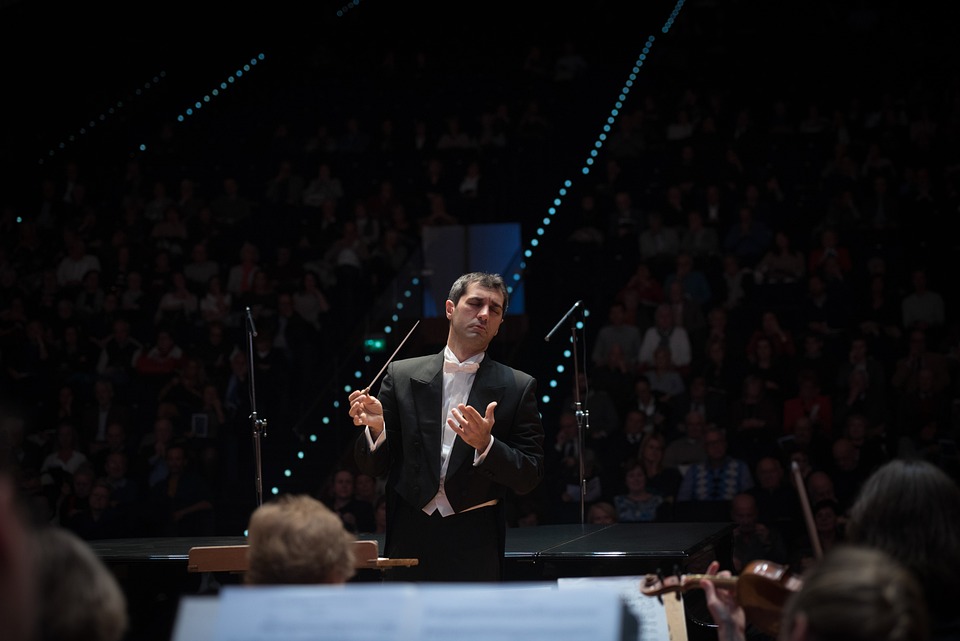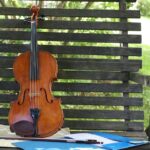Inside the Rehearsal Room: A Day in the Life of the National Symphony Orchestra
Introduction
Every great performance by the National Symphony Orchestra is the result of countless hours of practice, rehearsals, and collaboration. The rehearsal room is where the magic happens, where musicians come together to bring a piece of music to life through dedication, passion, and precision. In this article, we will take a closer look at a typical day inside the rehearsal room of the National Symphony Orchestra, one of the most renowned orchestras in the world.
Morning Rehearsal
The day usually begins early for members of the National Symphony Orchestra, as they gather in the rehearsal room to start their morning rehearsal. The conductor takes the podium, and the musicians take their places, ready to dive into the day’s repertoire. The room is filled with the sound of instruments tuning, the rustle of sheet music, and the quiet hum of anticipation.
The conductor leads the orchestra through the pieces, offering guidance on dynamics, phrasing, and interpretation. The musicians listen closely, adjusting their playing to match the conductor’s vision for the music. They work on technical passages, tricky rhythms, and challenging transitions to ensure that every note is played with precision and emotion.
As the morning rehearsal progresses, the orchestra begins to find its groove, the music coming together in a harmonious blend of sound. The conductor offers feedback, praising the orchestra’s strengths and offering suggestions for improvement. The musicians take notes, making mental adjustments as they strive for perfection in their performance.
Lunch Break
After a few hours of intense rehearsal, the orchestra takes a well-deserved break for lunch. Musicians chat with each other, grab a quick bite to eat, or simply relax and recharge for the afternoon session. Some may practice individually, working on sections that need extra attention, while others may choose to rest and rejuvenate before the next rehearsal.
The break gives the musicians a chance to socialize, bond, and build camaraderie with their fellow orchestra members. It is a time to connect outside of the music, sharing stories, jokes, and experiences that strengthen their relationships and foster a sense of community within the orchestra.
Afternoon Rehearsal
Refreshed and energized, the orchestra reconvenes for the afternoon rehearsal session. The conductor dives back into the repertoire, fine-tuning details and polishing the performance to perfection. The musicians bring a renewed focus and passion to their playing, determined to deliver a memorable and moving performance.
The afternoon rehearsal may consist of running through the entire program, focusing on specific sections that need extra work, or integrating feedback from the morning session. The conductor may introduce new ideas, interpretations, or approaches to the music, challenging the musicians to think creatively and deeply about their playing.
As the afternoon rehearsal progresses, the orchestra’s sound grows more cohesive and powerful, the music taking on a life of its own. The musicians listen intently to each other, blending their individual voices into a unified whole that showcases the beauty and power of orchestral music.
Sectional Rehearsals
In addition to full orchestra rehearsals, the National Symphony Orchestra also holds sectional rehearsals, where musicians from the same section gather to work on specific passages, techniques, or challenges within the music. These sessions allow for closer collaboration and focused practice within each section, ensuring that every musician is prepared and confident in their playing.
Sectional rehearsals are led by the principal players of each section, who offer guidance, feedback, and support to their fellow musicians. They work together to polish their sound, synchronize their playing, and develop a cohesive and expressive interpretation of the music.
These rehearsals are essential for maintaining the high level of musicality and professionalism that the National Symphony Orchestra is known for. They provide a space for musicians to collaborate, learn from each other, and grow as individual players and as a unified ensemble.
Conclusion
At the end of a long day in the rehearsal room, the National Symphony Orchestra emerges stronger, more refined, and more connected than ever before. The hours of practice, dedication, and collaboration have paid off, resulting in a performance that is sure to inspire, move, and captivate audiences around the world.
Inside the rehearsal room, the musicians of the National Symphony Orchestra come together to create something truly magical, a symphony of sound and emotion that transcends language, culture, and time. It is a testament to the power of music to unite, uplift, and transform, and a reminder of the limitless possibilities that can be achieved through dedication, passion, and artistry.


